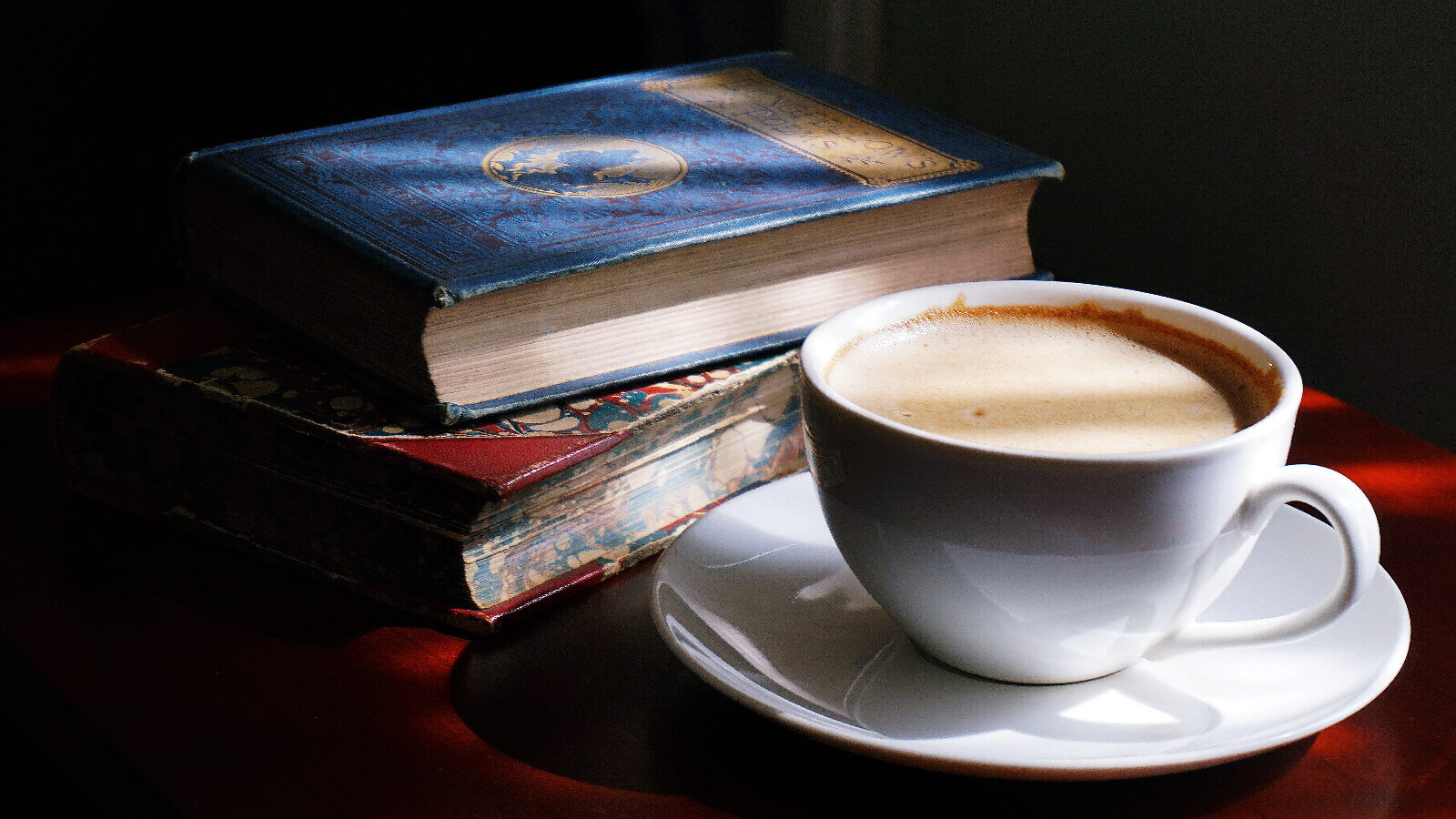What began as a book club became a community of young people influenced by the Renaissance, Baroque, and Romanticism cultures, giving way to the trend known as Dark Academia.
With over a million posts on Instagram and countless accounts dedicated to the trend, Dark Academia is taking the world by storm, but what exactly is Dark Academia? This term refers to a subculture with a great emphasis on reading, writing, and learning. They are interested in classical European literature, Latin, art, poetry, Western European fashion, the unusual, and the illicit.
Although it has boomed in popularity this year, Dark Academia first appeared in 2015 on Tumblr. His approach was more towards reading than fashion as people recommended classic books and Gothic novels and paid homage to Donna Tartt’s novel “The Secret History.” This book revolves around six students involved in mysteries and secrets, which, together with their teacher, engage in intellectual discussions, believing themselves superior.
Over the years, what began as a “reading club” created a community of young people influenced by the cultures of the Renaissance, Baroque, and Romanticism, among others. And although literature is part of the pillars of the Dark Academia, calligraphy is also important. People who follow this trend often experiment with linguistics, write letters by hand, and try fountain pens.
Generally, the trend has two sides: on the one hand, there are the classics of both the canon of literature and the history of art and on the other, a series of works of pop culture. For example, followers can read works such as “Antigone” by Sophocles or “Harry Potter” by JK Rowling, watch films such as “Dead Poets Society” which came out in 1989, or “Knives out” which came out in 2019. In terms of music, artists from Frédéric Chopin to Lorde are included in the playlists.
Regarding the fashion aspect, another part of the most popular trend is associated with the male English elite, seeking to give the impression of studying at a university at the beginning of the 20th century: blazers, turtleneck sweaters, clothing vintage where paintings and autumn tones predominate. It is extremely attractive to young people as it promotes an androgynous style since it is common to wear men’s jackets or blazers.
The pandemic plays a huge role in its recent popularity as many students yearn for more traditional education rather than online classes. Another critical factor is the decline of humanities majors to prioritize STEM, as in the United Kingdom, where the Department of Education cut funding for arts and humanities institutions by 50%. However, the origin of the trend concerns as it inherently perpetuates that Western study and classical literature, is the epitome of academia. In addition, it idealizes the stereotype of thin, white, rich, and intellectual men like the students of Julian Morrow in Donna Tartt’s book “The Secret” or those of John Keating in the movie “The Society of Dead Poets.”
As in the Dark Academy, the last example glorifies specific texts written by white male authors representing English literature and excludes anyone who does not conform to the Eurocentric ideal of authenticity. Subtly but surely, this aesthetic fuels the canon formation and oppressive narratives that historically favor white male narratives.
The movement largely bases on the aesthetics of films and novels from other decades, creating a nostalgic and romantic vision of a time before the decline of the humanities. It would be best to have programs, movies, books, and more than romanticize knowledge and learning based on today’s education to advance it. There is nothing wrong with glorifying education as long as it includes different narratives and voices, not just from white men but from women, minorities, and all regions beyond the Western world. Promoting only this narrative as “classic” helps maintain hierarchies determined by gender and race, but what if Dark Academia emphasized different voices in addition to wealthy, white male characters?
Translation by Daniel Wetta.
This article from Observatory of the Institute for the Future of Education may be shared under the terms of the license CC BY-NC-SA 4.0 
)
)


)